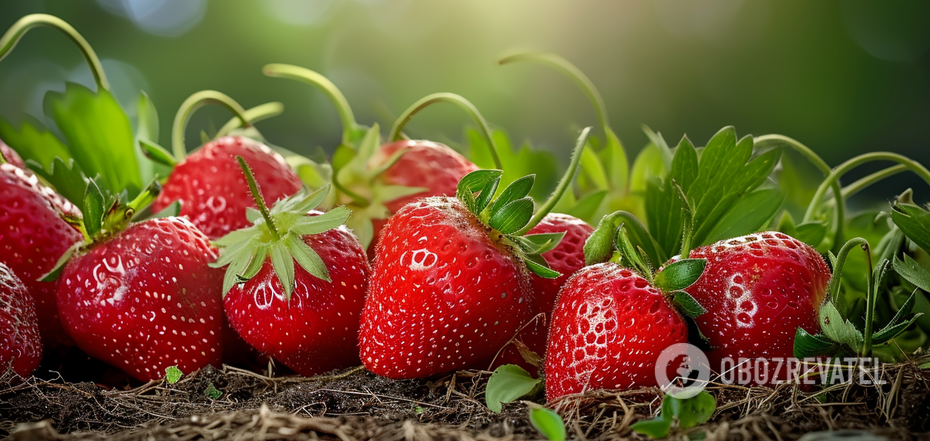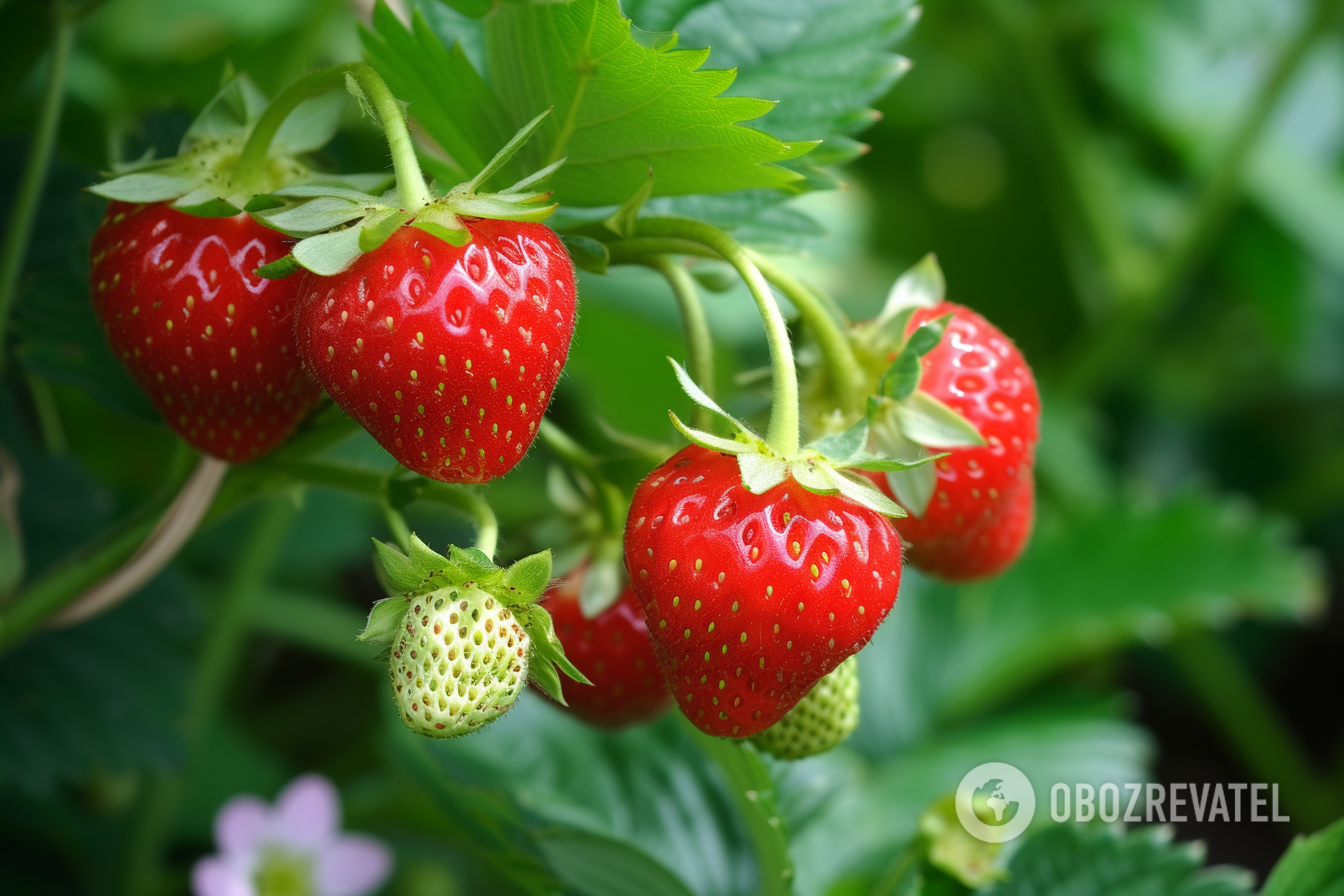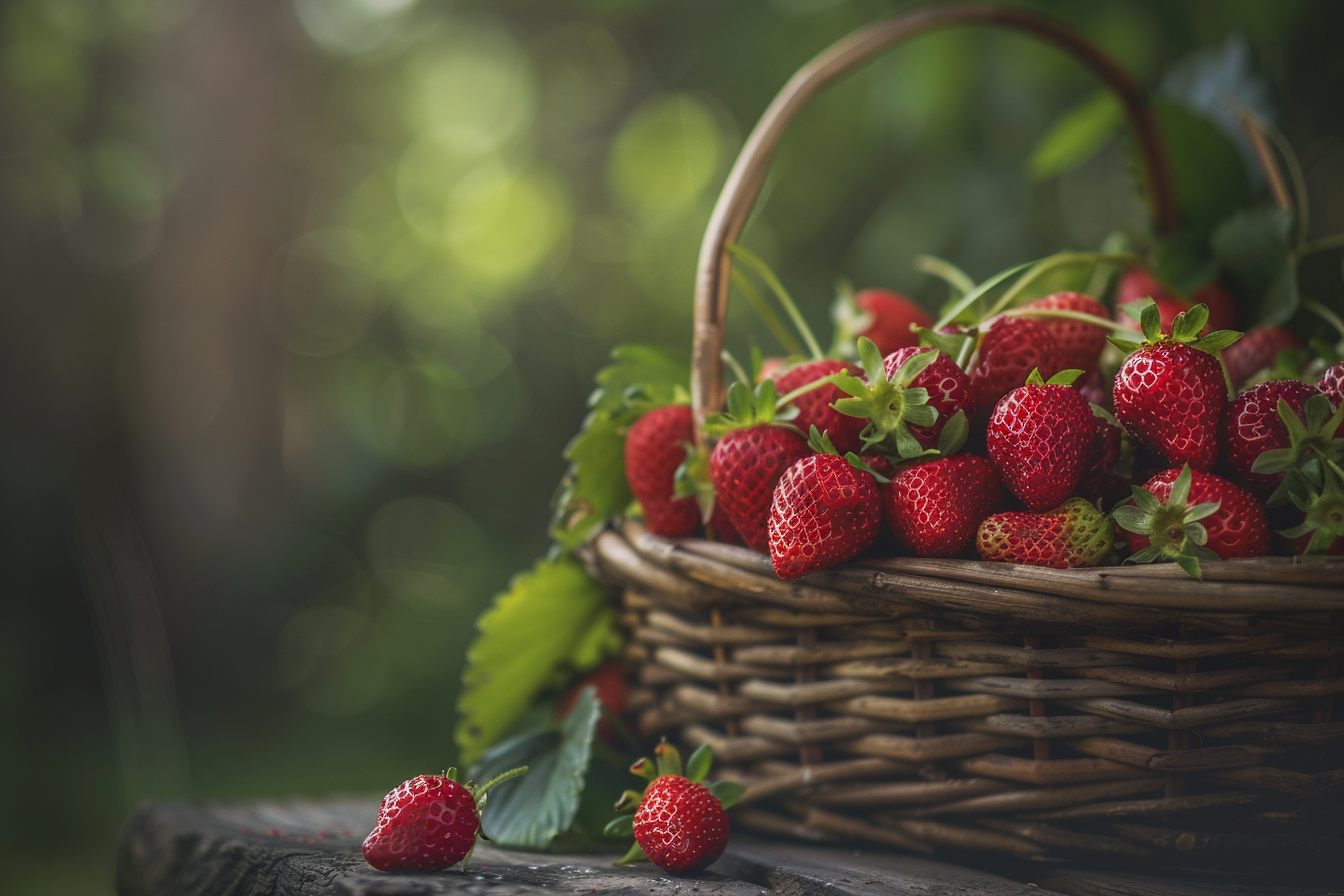News
How to plant strawberries and grow a rich harvest: tips
Strawberries are a favorite summer berry for many of us. In addition, it is not very difficult to grow it in your own garden. Just a few secrets will help you get a truly impressive harvest.
The publication "Yaskrava Klumba" has collected basic tips for those who grow strawberries on their own. Let's focus on tips that are relevant in the spring season.
Strawberry yields
A berry cannot always be equally fruitful. The life cycle of strawberries, regardless of the variety, is such that they give the best yield in the second year after planting. Then, for another 2-3 years, you can harvest a really large number of delicious berries from the plant. Then the yield decreases, and the berries begin to get smaller. Therefore, the strawberry bed needs to be renewed.
When to plant strawberries
The plant is planted outdoors in spring and fall. Seedlings in containers can be grown all year round, including in summer. Spring planting of strawberries can begin as soon as the ground thaws – when the shovel begins to enter the soil, you can start working. However, only hardened strawberry seedlings that have been dug up shortly before being sold from the open ground will do for such conditions.
If you have purchased strawberry seedlings that have already started growing, it is better to plant them in an open bed when the night frosts stop. The temperature should be kept at 8-10 degrees Celsius. Earlier planting of strawberries is done in a greenhouse or under temporary cover.
Those who want to plant young strawberries in the fall should focus on the period from August to the end of October. If the autumn is warm, you can do it a little later. The main thing is to leave at least 3 weeks before the ground freezes. This way, the seedlings will have time to take root. If planted late, plants should be mulched and covered with agrofibre until spring.
Conditions for growing strawberries
The plant likes light nutritious loams or organic-rich sandy loams. The reaction can be from slightly acidic to slightly alkaline (pH 5.7-6.2). To increase the yield, you need soil fertilized with rotted organic matter. Ideally, the place for planting berries should be prepared in advance: for spring planting – in the fall, for autumn – a month before planting. At this time, compost, completely rotted humus, and ash, or, for example, potassium-phosphorus fertilizers can be added. If you haven't tilled the soil beforehand, you can add fertilizer directly to the holes when planting. In the spring, it is better to use a little nitroammophoska instead of potassium-phosphorus fertilizer.
As for the light, the berry loves plenty of sun, so you shouldn't plant it in the shade. Especially when it comes to large-fruited varieties. But small-fruited ones, also called garden strawberries, grow better in soft partial shade. These plants can withstand heat and short-term drought, but they need normal soil moisture for a good harvest. So don't forget to water your strawberry patch. But avoid stagnant water and places with poor air circulation.
To protect the seedlings from pests and diseases, treat them with a mixture of insecticide and fungicide. A plant growing in a container is watered with such a cocktail before planting. It is better to put young seedlings with an open root in the solution for a couple of hours or spray them before or after planting. In this case, the remains of the solution are watered under the root of the strawberries. In the spring, root stimulants and adaptogens can also be used.
How to plant strawberries correctly
It is important that the plant enters the planting hole with its roots spread out. You also don't want to bury the root collar, the part of the plant between the roots and leaf petioles, in the soil. It should be at ground level. Planting in any other way can reduce the yield. This is important both for open ground and for growing in a greenhouse.
When preparing the beds for planting strawberries on loamy soils, it is worth forming a 10-20 cm high mound of soil. This way, the soil will warm up better in the spring, and excess moisture will not stagnate, so the harvest will be earlier. On light sandy loam, strawberry beds are made only slightly raised so that the soil does not dry out too quickly if there is no drip irrigation.
As for the planting scheme, there are two optimal formulas. When planting in one row, the bed is placed along the north-south axis. Leave 20-25 cm between the bushes, and the rows are spaced 60 cm apart. With a two-line planting, two rows of seedlings are planted with row spacing of 70 cm. You can also plant plants in a checkerboard pattern. The main thing is to choose a scheme in advance and mark the beds. This way, you can calculate how many strawberry seedlings you need to buy.
In addition to traditional planting in the ground, planting strawberries on agrofibre or film has recently gained popularity. However, it is better to choose agrofiber. For this method, the beds or ridges are covered with a special dense nonwoven material that allows water to pass through to the bushes but prevents weeds from growing. If necessary, mulch is added on top to help retain moisture in the ground and protect plants from overheating. This method of planting significantly reduces the time of care.
In order for the strawberries to start warming up and growing in the spring, the old mulch is removed from the site. You also need to cut off all old, diseased, and dried leaves. At the same time, you can do the first preventive treatment of the berry against diseases.
In the spring, you should gently loosen open beds and water the strawberry bed if there is not enough water in the ground. Also, in the spring season, every 2-3 weeks, it is worth applying complex fertilizers – nitroammophoska or special mixtures for growing strawberries. Potash fertilizers can be added during the flowering period. For more active formation of flowers and ovaries, plants can be treated with a phyto-stimulant.
Subscribe to the OBOZ.UA channels in Telegram and Viber to keep up with the latest events.





























